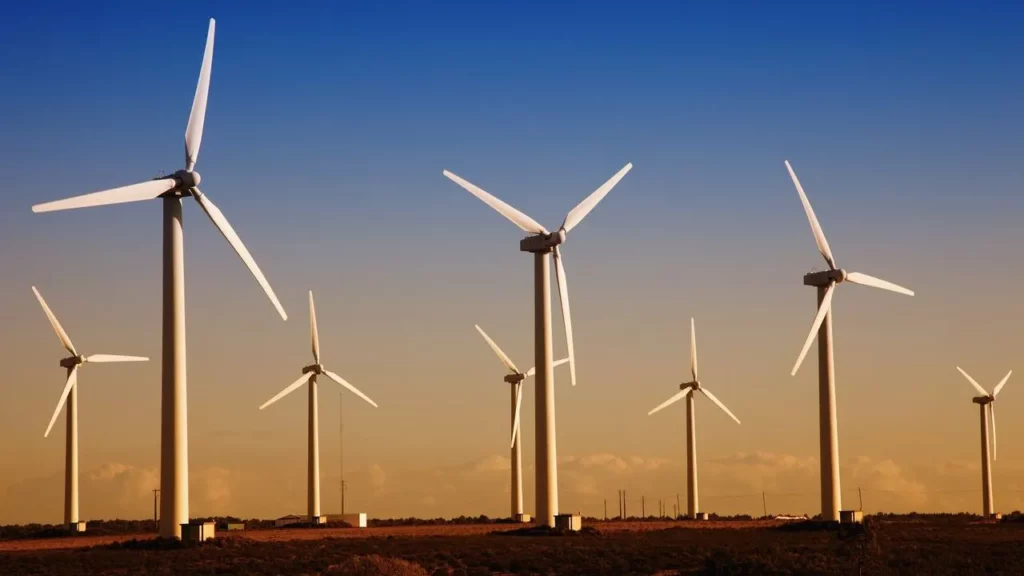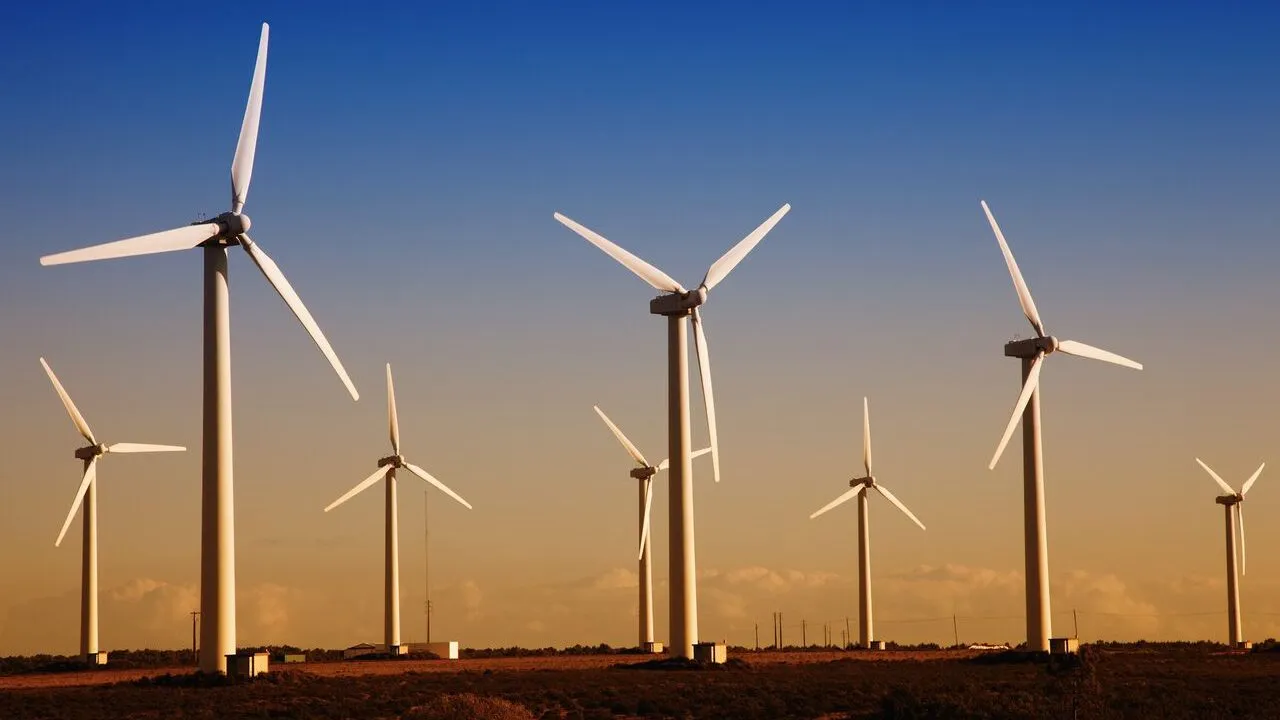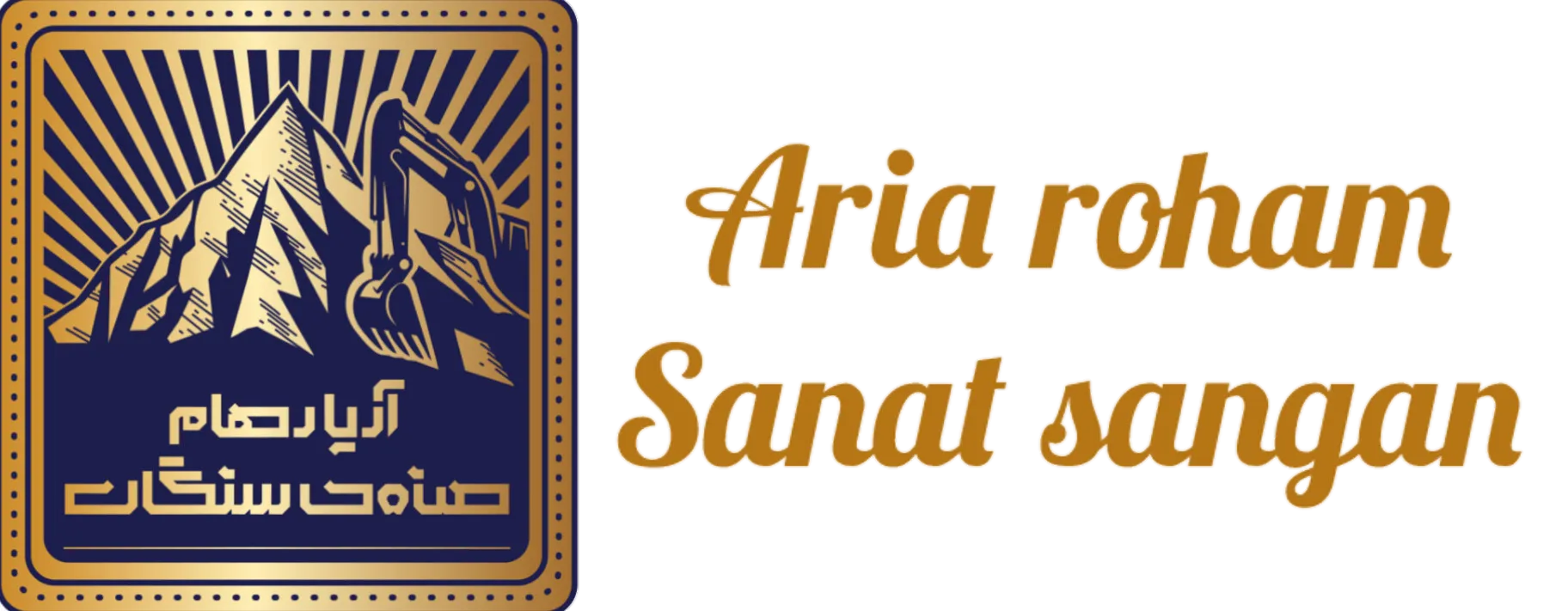
wind turbine
What Is Wind Power?
Data from the U.S. Energy Information Administration’s Open Data API, Electricity Net Generation.
Wind power is the nation’s largest source of renewable energy, with wind turbines installed in all 50 states supplying more than 10% of total U.S electricity and large percentages of most states’ energy needs.
How Does Wind Create Power?
Wind power or wind energy is a form of renewable energy that harnesses the power of the wind to generate electricity. It involves using wind turbines to convert the turning motion of blades, pushed by moving air (kinetic energy) into electrical energy (electricity). This requires certain technologies, such as a generator that sits at the top of a tower, behind the blades, in the head (nacelle) of a wind turbine.
This aerial view shows how a group of wind turbines, which can be part of a wind power plant or wind farm, make electricity. The electricity created can either provide power to specific needs (like a wind turbine powering a streetlight or isolated farm) or contribute to the electric grid, which then powers homes, businesses, and schools with the help of transmission and distribution cables (or power lines).

How Does a Wind Turbine Work?
Wind blowing above the ground spins the blades attached to the top of a wind turbine tower. Moving air rotates a wind turbine’s blades. That turning motion spins a generator just downwind from the blades (or rotor) in the nacelle, which also stores all the other working parts of a turbine. The generator produces electricity.
View the wind turbine animation to see how a wind turbine works or take a look inside.
A typical 2.8-megawatt (MW) utility-scale wind turbine could produce enough electricity to power just under 1,000 American homes (with 1 gigawatt being several utility-scale turbines). And wind turbines are growing taller; the bigger, the more energy they may be able to produce. New designs for blades help wind turbines generate more power and address other issues, such as material use, recyclability, or noise.
Windmills, sometimes confused with wind turbines, traditionally use the power of wind to turn blades that then rotate a grinding stone, rather than a generator, to pulverize grains into powder, like wheat into flour for baking.
Learn more about how wind turbines work on the U.S. Department of Energy’s (DOE) Wind Energy Technologies Office website.
Why Should We Use Wind Energy?
There are many important reasons we should use wind energy.
It is a renewable energy source, meaning we can keep creating energy as long as wind blows. Improvements to turbines help them become more efficient, providing clean and reliable energy to the grid, homeowners, or communities even in regions that are less windy.
Wind energy is also a form of clean energy, meaning wind turbines do not produce greenhouse gas emissions, like carbon dioxide, which means less pollution going into the air, oceans, and environment that can cause health problems or harm the environment.
Wind energy can be used in many places, including isolated or remote areas, like islands, that are not able to access the utility grid for power. Wind farms can be installed both on land and offshore, taking advantage of wind currents across the United States and along its coastlines.
There are also financial benefits and economic advantages to installing wind energy. It has a low cost of energy (cost to produce while operating), and wind turbines can help homeowners and communities reduce utility bills, benefit from tax credits and financial incentives, create jobs, and even profit from selling extra energy a turbine on their land might make.
The U.S. Department of Energy’s invests in wind energy research, development, demonstration, and deployment activities that enable and accelerate the innovations needed to advance offshore, land-based, and distributed wind energy systems; reduce the cost; drive deployment in an environmentally conscious manner; and facilitate integration with the electric grid.
